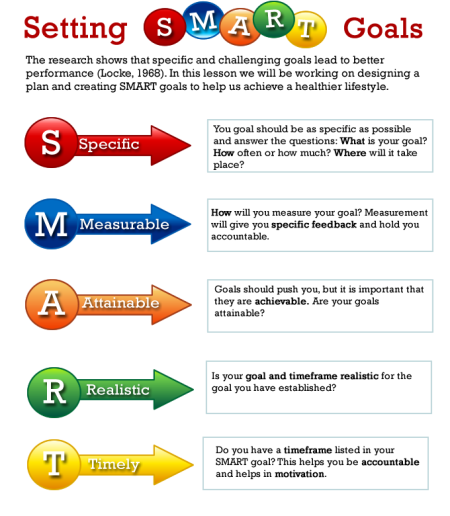An Introduction :
which of these marketing concept do you belong to :
Marketing is the process of identifying and developing products that suit the needs of the customer even as the organization makes profits. The marketing mix is a unique combination of the four P's of marketing namely product, price, place, and promotion. After taking into consideration the other factors that affect business, another three P's – people, physical evidence, and process management have been added to the four P's.
There are five basic concepts in marketing namely the production concept, product concept, selling concept, marketing concept, and the societal marketing concept. Production-oriented organizations focus on low cost and high availability of products. These organizations feel that high availability creates its own demand. Product-oriented organizations focus on the quality of the product. These organizations believe that buyers prefer quality products to low cost products. Selling-oriented organizations believe that products need to be advertised and aggressively sold. These organizations believe that when left alone, buyers do not purchase enough of an organization's products. They therefore focus on the selling concept.
- the production concept,
- the product concept,
- the selling concept,
- the marketing concept, and
- the societal marketing concept.
Marketing is the process of identifying and developing products that suit the needs of the customer even as the organization makes profits. The marketing mix is a unique combination of the four P's of marketing namely product, price, place, and promotion. After taking into consideration the other factors that affect business, another three P's – people, physical evidence, and process management have been added to the four P's.
There are five basic concepts in marketing namely the production concept, product concept, selling concept, marketing concept, and the societal marketing concept. Production-oriented organizations focus on low cost and high availability of products. These organizations feel that high availability creates its own demand. Product-oriented organizations focus on the quality of the product. These organizations believe that buyers prefer quality products to low cost products. Selling-oriented organizations believe that products need to be advertised and aggressively sold. These organizations believe that when left alone, buyers do not purchase enough of an organization's products. They therefore focus on the selling concept.

The marketing concept focuses on customer satisfaction and customer
requirements. The societal marketing concept focuses on the ethical
issues of an organization while marketing. For an organization to be
successful the marketing plan has to be aligned with corporate strategy.
Strategy means to lead. Strategy helps an organization to use the
resources optimally. Business strategy helps to plan with the objective
of achieving long-term objectives. A good strategy answers the questions
of what needs to be achieved, where it needs to be achieved, and how it
needs to be achieved. The components of a well-defined strategy are
size, goals, resource utilization, sustainable competitive advantage,
and synergy. There are three levels of strategy namely corporate level
strategy, business level strategy, and functional level strategy.
Corporate strategy deals with strategy formulation and planning at the
top level. It is about coordinating activities across various
businesses. Business level strategy deals with the strategies that allow
a company to deal with competition in its industry or business.
Functional level strategy deals with the strategy for a particular
product or market. The strategic management process involves strategic
analysis, strategic choice, and strategic implementation.
Strategic marketing is the process of strategy development by regularly considering the marketing environment and customer satisfaction. It gives an organization the competitive advantage over its rivals. Marketing strategy involves identifying the marketing objectives and developing and implementing marketing programs. The strategic marketing process involves the marketing analysis, analysis of the marketing situation, formulating a marketing strategy, market program development, and implementing and managing marketing strategy.

Strategic marketing is the process of strategy development by regularly considering the marketing environment and customer satisfaction. It gives an organization the competitive advantage over its rivals. Marketing strategy involves identifying the marketing objectives and developing and implementing marketing programs. The strategic marketing process involves the marketing analysis, analysis of the marketing situation, formulating a marketing strategy, market program development, and implementing and managing marketing strategy.












